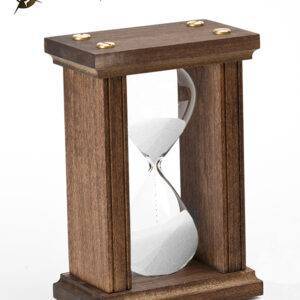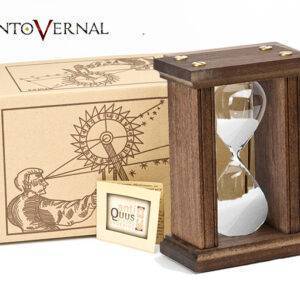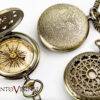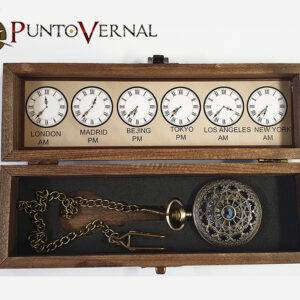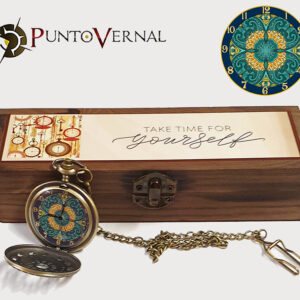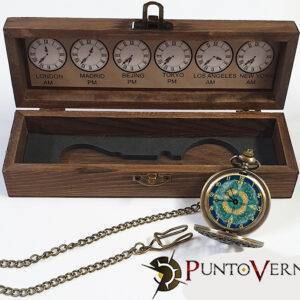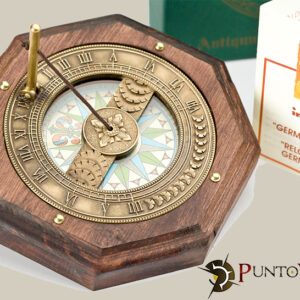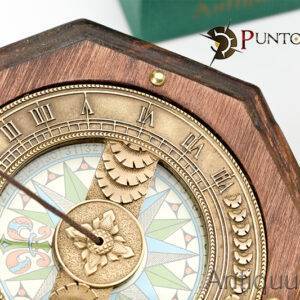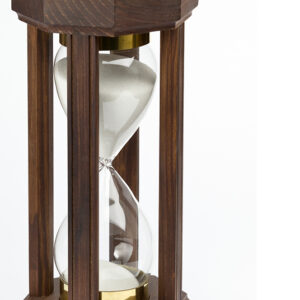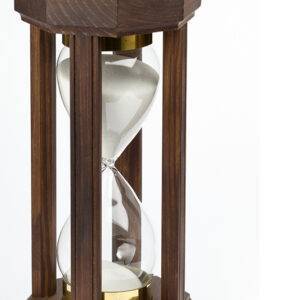GRECO-ROMAN HOURGLASS
Greco-Roman hourglass. The first clock in history was created by the ancient Egyptians, which was named clepsydra or water clock. Later, in the 2nd century AD, Middle Eastern scholars developed the sundial.
It is not known for certain where and how the hourglass was born, but evidence indicates that its origin dates back to the 7th century.
For many centuries, the hourglass was a key piece in most ships. Sailors used it to make measurements, such as the distance from east to west. On Diego de Magallanes’s trip around the world, all ships had an hourglass to measure time with absolute precision.
Although there is no historical evidence that proves conclusively that both the Greeks and the Romans used hourglasses, they did, however, use sundials and water clocks (clepsydras). However, we have designed this hourglass with them and their temples and shrines in mind and we think that if they had used them they would have made hourglasses very similar to this one that we present and that we rightly call Greco-Roman.
It consists of a beech wood structure, reinforced at its ends by brass screws to form a solid square in the centre of which the glass bulb is placed.
It is accompanied by a brief historical account of hourglasses.
Measurements:
Height: 20 cm
Width: 13.2 cm
Depth: 8.2 cm
Time: 30 minutes
VAT INCLUDED
https://en.wikipedia.org/wiki/Hourglass



